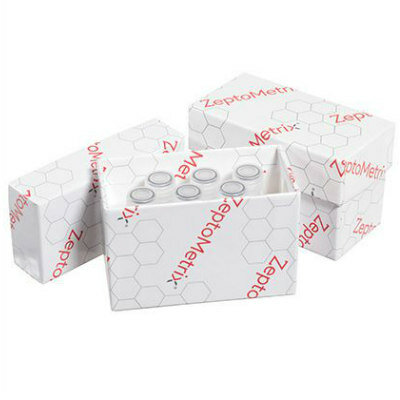Immobilized Lytic Enzymes Prevent Listeria Growth on Food-related Surfaces
By LabMedica International staff writers
Posted on 18 Apr 2013
A coating of stabilized bacteriophage lytic enzymes could prevent Listeria from surviving on equipment and packaging used in the food industry.Posted on 18 Apr 2013
Listeria is a genus of bacteria, of which the most common species is Listeria monocytogenes, commonly found in soil, on unwashed vegetables, and in unpasteurized soft cheeses. These bacteria resist cold and the presence of salt and can cause food poisoning (listeriosis) with flu-like symptoms such as high fever and dizziness. While healthy individuals may not have any symptoms, those with compromised immune systems such as pregnant women, infants, and the elderly are especially at risk.
Investigators at Rensselaer Polytechnic Institute (Troy, NY, USA) previously developed a coating that could kill methicillin-resistant Staphylococcus aureus (MRSA) without antibiotics. In the present study, they observed that while a number of phage cell lytic enzymes against Listeria had been isolated, no attempt had been made to incorporate these enzymes onto surfaces.
The investigators described in the April 2, 2013, online edition of the journal Scientific Reports the development of three simple routes for the surface incorporation of the Listeria bacteriophage endolysin Ply500. These routes included covalent attachment onto [US] Food and Drugs Administration (FDA)-approved silica nanoparticles (SNPs), incorporation of SNP-Ply500 conjugates into a thin poly(hydroxyethyl methacrylate) film, and affinity binding to edible crosslinked starch nanoparticles via construction of a maltose binding protein fusion.
Testing of these coated surfaces revealed that these Ply500 formulations were effective in killing L. innocua (a reduced pathogenic surrogate) at challenges up to 100,000 colony-forming units per milliliter both in non-growth-sustaining buffer solution as well as under growth conditions on lettuce. This is a significantly higher concentration of bacteria than is normally found in contaminated food.
"In this study, we have identified a new strategy for selectively killing specific types of bacteria. Stable enzyme-based coatings or sprays could be used in food supply infrastructure—from picking equipment to packaging to preparation—to kill Listeria before anyone has a chance to get sick from it," said contributing author Dr. Ravi Kane, professor of chemical and biological engineering at Rensselaer Polytechnic Institute. "What is most exciting is that we can adapt this technology for all different kinds of harmful or deadly bacteria."
Related Links:
Rensselaer Polytechnic Institute














